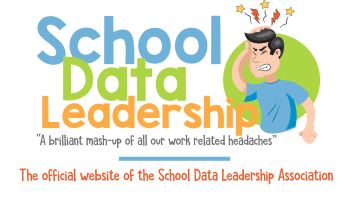Use professional expectations and standards to guide, monitor, support, and supervise to improve teaching and learning
-
Utilizing Professional Expectations and Standards: Educational leaders should utilize professional expectations and standards, such as those outlined by state education agencies, professional organizations, and accreditation bodies, to guide, monitor, support, and supervise efforts to improve teaching and learning. These standards provide a framework for defining excellence in teaching practice, student learning outcomes, and overall educational quality.
-
Guiding Teaching Practice: Educational leaders should use professional expectations and standards to guide teaching practice by providing clear expectations and benchmarks for effective instruction. Standards such as the InTASC Model Core Teaching Standards outline the knowledge, skills, and dispositions that educators should possess to ensure high-quality teaching and learning experiences for all students. Leaders can use these standards to inform the development of teacher evaluation frameworks, professional development programs, and mentoring and coaching initiatives.
- Resource: InTASC Model Core Teaching Standards
- Resource: InTASC Model Core Teaching Standards
-
Monitoring Student Learning Outcomes: Educational leaders should use professional expectations and standards to monitor student learning outcomes and academic achievement. Standards such as the Common Core State Standards (CCSS) provide clear expectations for what students should know and be able to do at each grade level in English language arts/literacy and mathematics. Leaders can use these standards to assess student progress, identify areas of strength and growth, and make data-informed decisions to support student success.
- Resource: Common Core State Standards Initiative
- Resource: Common Core State Standards Initiative
-
Supporting Professional Growth: Educational leaders should use professional expectations and standards to support the professional growth and development of educators. This includes providing opportunities for educators to engage in ongoing learning and professional development aligned with established standards and expectations. Leaders can use standards such as the National Board for Professional Teaching Standards (NBPTS) to guide the development of professional learning communities, mentorship programs, and other initiatives aimed at supporting educator growth and effectiveness.
-
Supervising and Evaluating Teaching Practice: Educational leaders should use professional expectations and standards to supervise and evaluate teaching practice in a fair, consistent, and transparent manner. This includes using standards-aligned evaluation frameworks and rubrics to assess educator performance and provide constructive feedback for improvement. Leaders can use standards such as the Teacher Evaluation Framework developed by the Education Commission of the States (ECS) to guide the development of rigorous and comprehensive evaluation systems.
-
Promoting Continuous Improvement: Educational leaders should use professional expectations and standards to promote a culture of continuous improvement in teaching and learning. This involves using standards-aligned data and evidence to identify areas for growth, set goals for improvement, and implement evidence-based strategies and interventions to enhance teaching practice and student outcomes. Leaders can use standards as a benchmark for excellence and a roadmap for guiding improvement efforts at the individual, school, and district levels.
By using professional expectations and standards to guide, monitor, support, and supervise efforts to improve teaching and learning, educational leaders can ensure that educators are equipped with the knowledge, skills, and resources needed to effectively meet the needs of all students and drive continuous improvement in educational outcomes.
